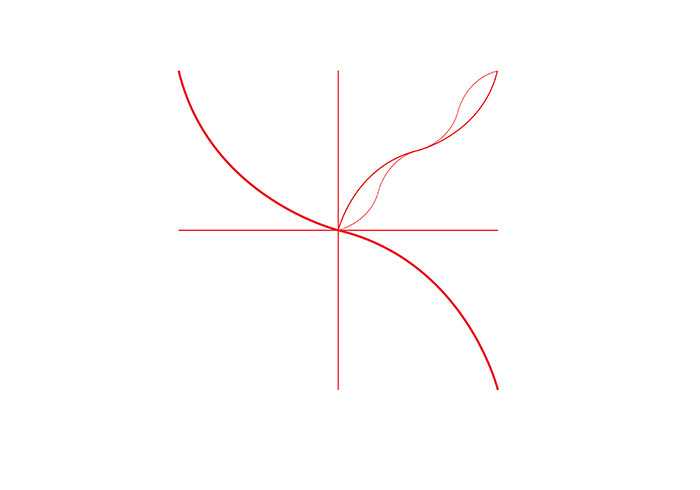
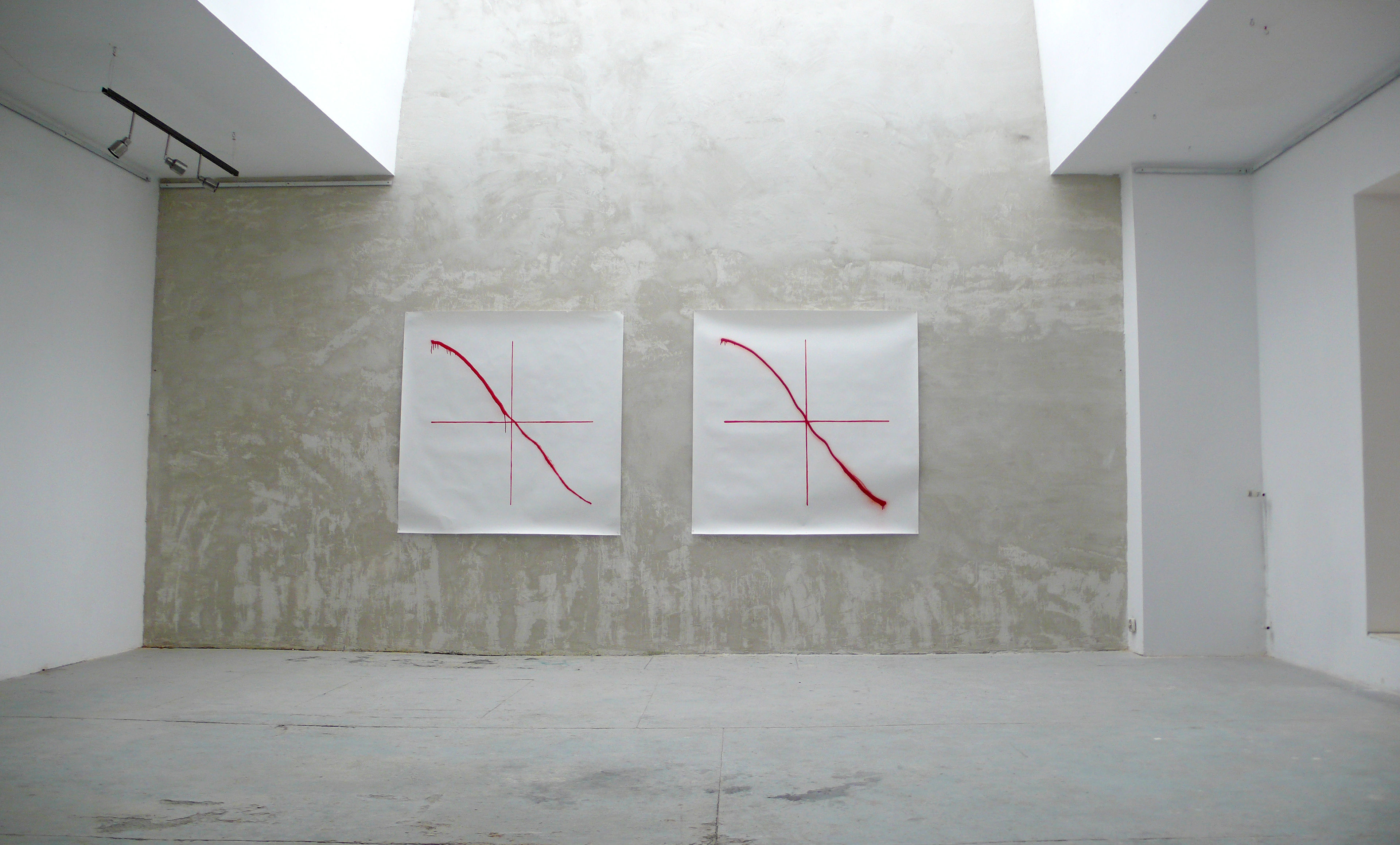
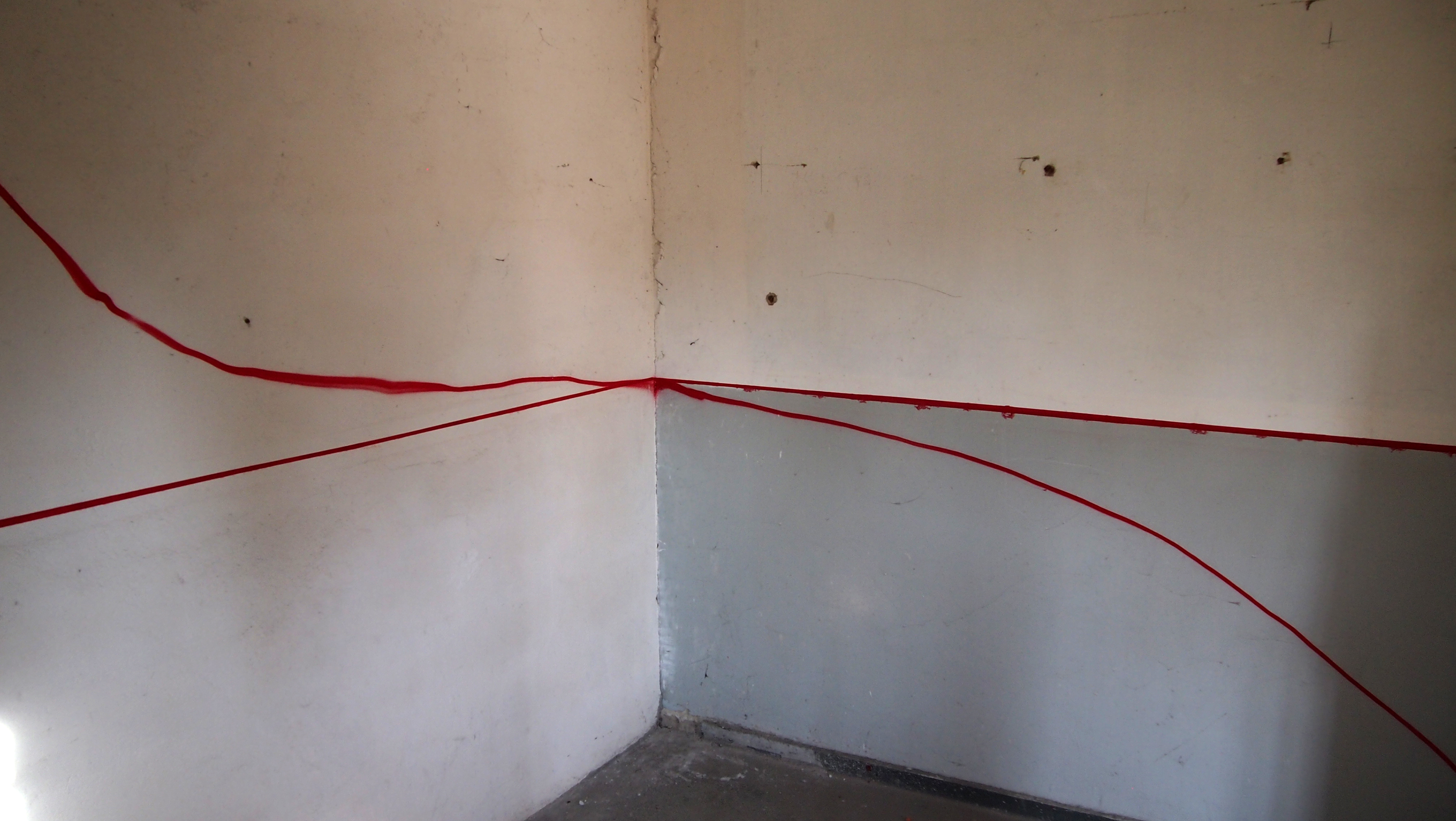
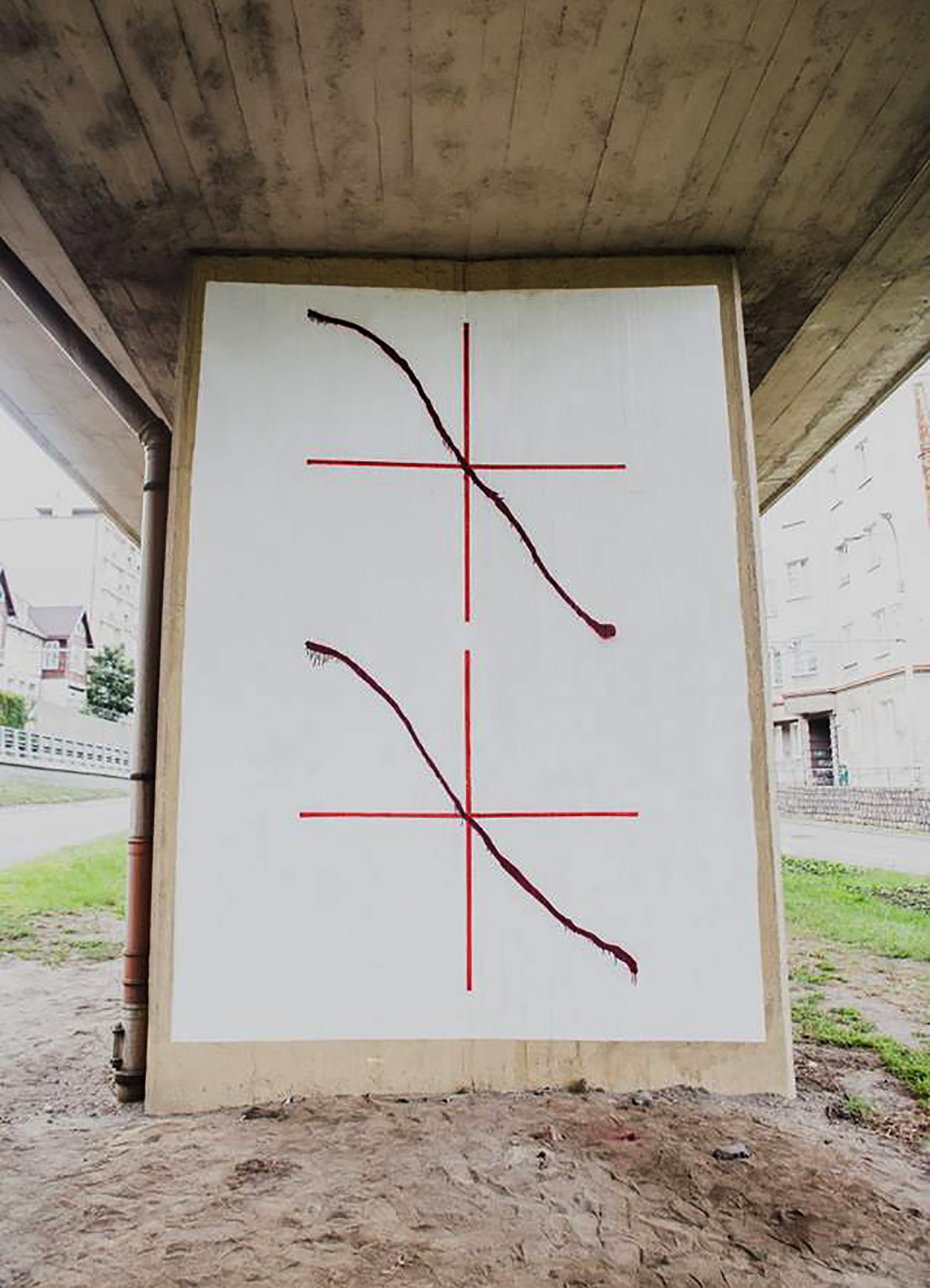
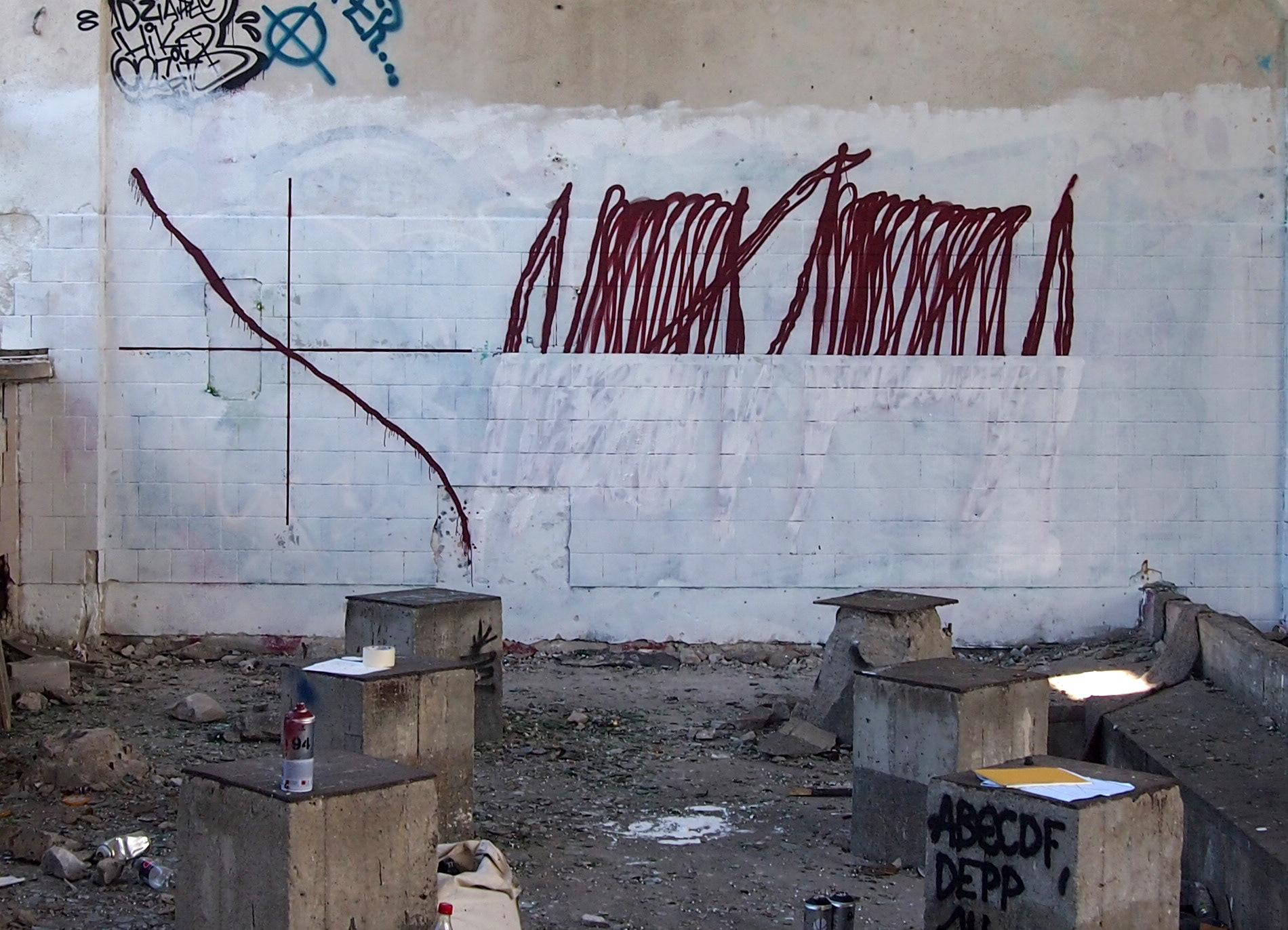
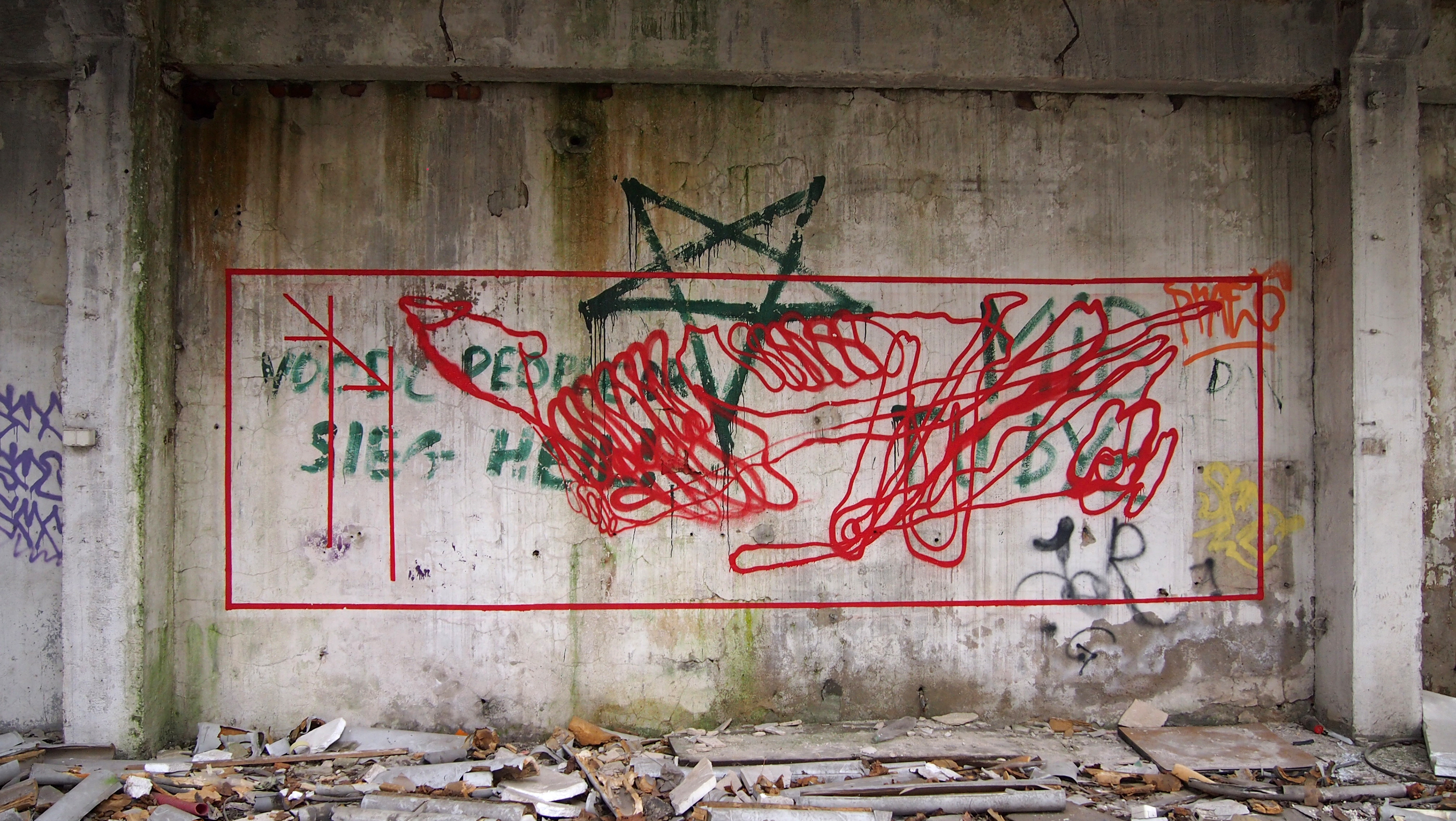
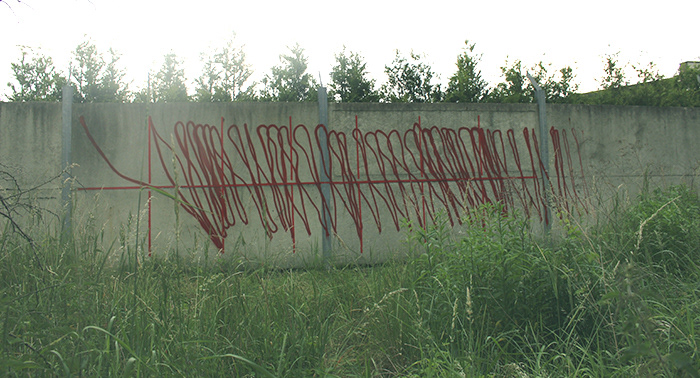
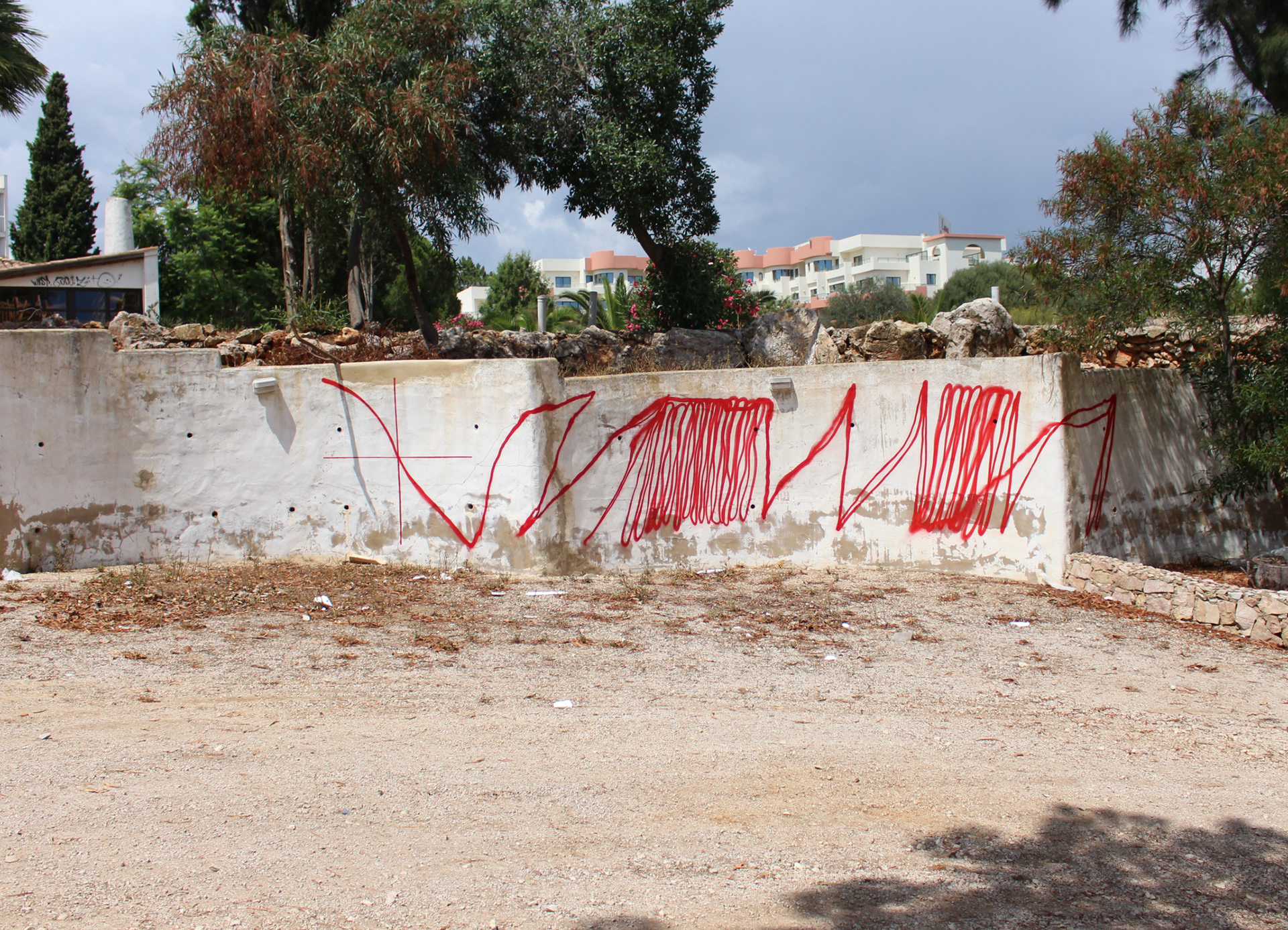
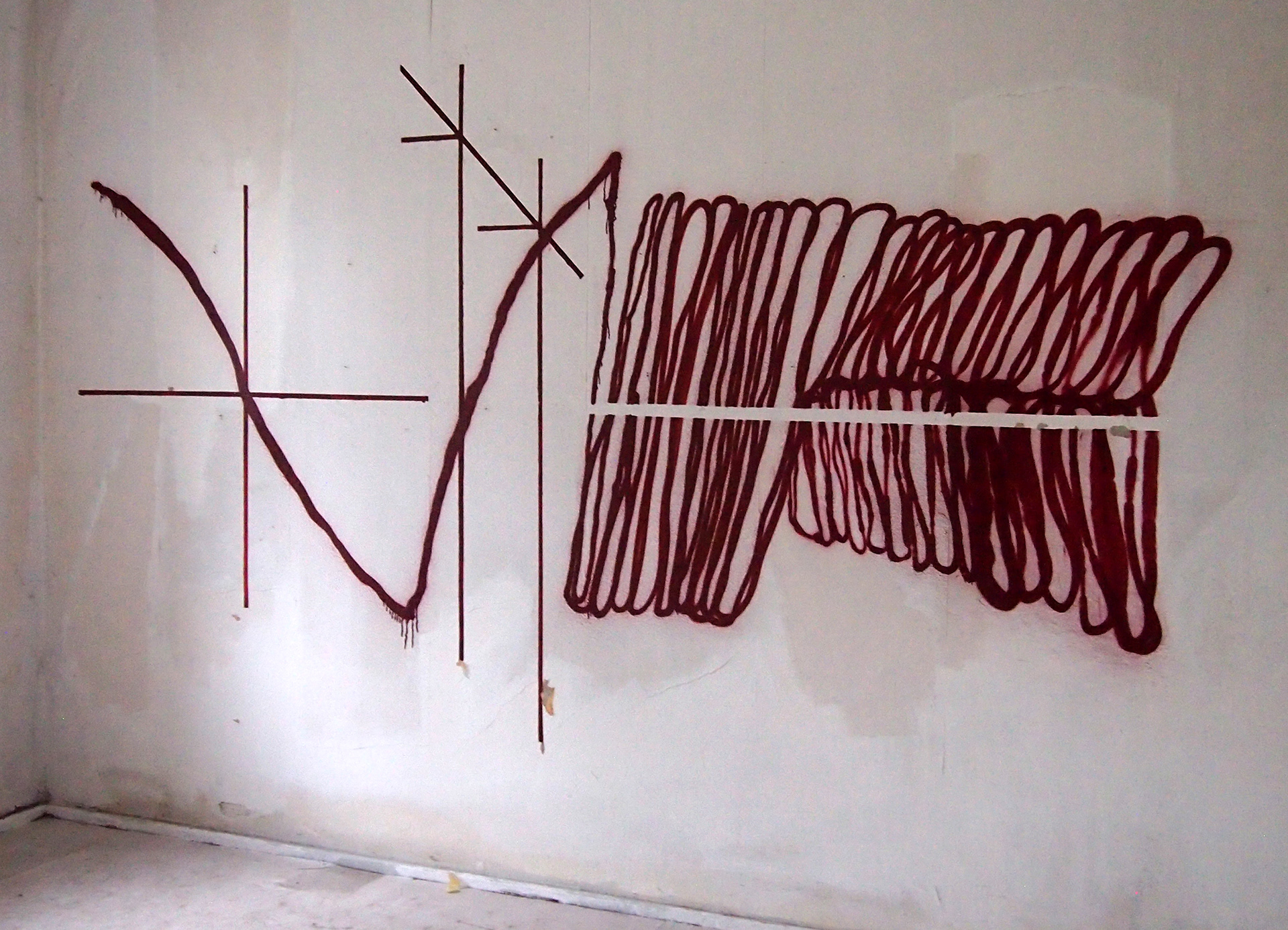
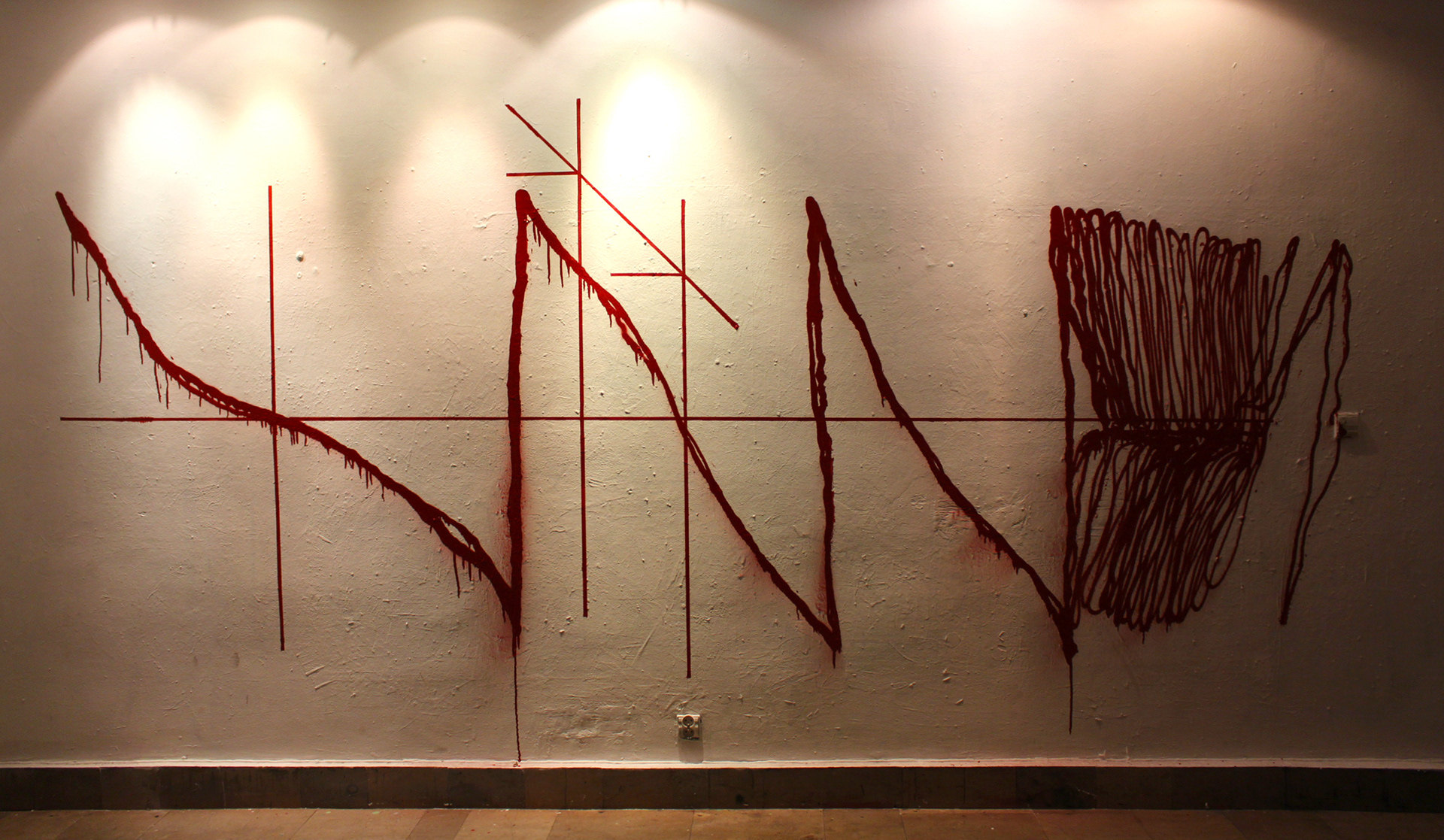

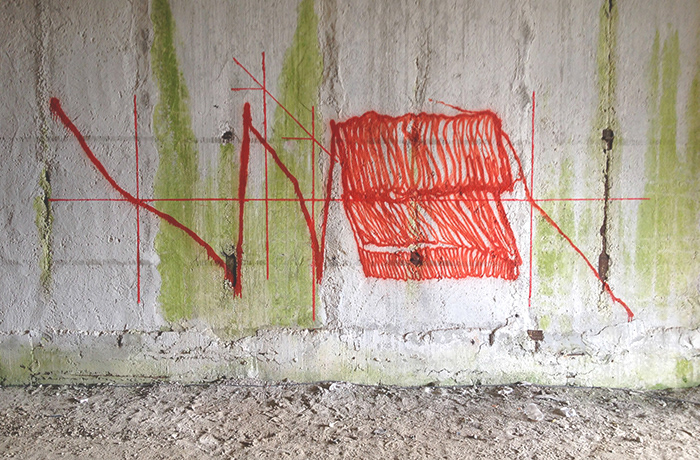
Untitled practice is an attempt to have practice of developing an abstract visual language, but rather than stepping outside to comment, it builds a reflective feedback loop, where the work documents its own process, its maintenance, and its conditions of possibility.
To address the abstraction in the present historical moment, I began developing the Immanent modular system, an evolving practice that avoids referencing abstraction’s past canon directly, while still engaging in the dialogue, asking what is at stake in creating non-representational images after the collapse of their former political and utopian frameworks.
To address the abstraction in the present historical moment, I began developing the Immanent modular system, an evolving practice that avoids referencing abstraction’s past canon directly, while still engaging in the dialogue, asking what is at stake in creating non-representational images after the collapse of their former political and utopian frameworks.
Untitled practice exists in a field in which meaning is not imposed from outside, but generated internally, through repetition, variation, and difference. It is an "ultra-baroque" of immanent, complex (or not very), self-reproducing systems and structures, with the potential for full-fledged "states" (akin to the constant deployment of conceptual plans of immanence in Deleuze and Guattari). The system does not depict or symbolize; instead, it operates. It produces itself.
Rather than retreating from context, I situate this system at the threshold of the everyday—where abstraction collides with historical residue, mundane texture, and temporal specificity. Works emerge as procedures, time-based rituals, or spatial encounters. Form is always in contact with the environment. The focus is not on constructing a representational image, but on cultivating a perceptual condition that allows access to the familiar from within a different logic. The goal is not resolution but sustained friction: between the abstract and the concrete, the systemic and the contingent, the constructed and the incidental.
In its development, two main questions emerged:
1. Should the act remain confined within its space of origin, or extend beyond it, and how would that shift the nature of the gesture?
2. What foundational logic (if any) should govern the system’s internal coherence? Is the very idea of regulation something to resist?
In response to this second question, I introduced the module—an elementary structural unit, a means of constructing and describing the stream of work. Not necessarily a solution, but a testable form. It might fail. That’s acceptable. This is a fall into the necessary unknown. Reflection is folded back into the process, though I recognize that reflection may eventually lead to resolution—or termination—of the practice.
Rather than retreating from context, I situate this system at the threshold of the everyday—where abstraction collides with historical residue, mundane texture, and temporal specificity. Works emerge as procedures, time-based rituals, or spatial encounters. Form is always in contact with the environment. The focus is not on constructing a representational image, but on cultivating a perceptual condition that allows access to the familiar from within a different logic. The goal is not resolution but sustained friction: between the abstract and the concrete, the systemic and the contingent, the constructed and the incidental.
In its development, two main questions emerged:
1. Should the act remain confined within its space of origin, or extend beyond it, and how would that shift the nature of the gesture?
2. What foundational logic (if any) should govern the system’s internal coherence? Is the very idea of regulation something to resist?
In response to this second question, I introduced the module—an elementary structural unit, a means of constructing and describing the stream of work. Not necessarily a solution, but a testable form. It might fail. That’s acceptable. This is a fall into the necessary unknown. Reflection is folded back into the process, though I recognize that reflection may eventually lead to resolution—or termination—of the practice.
Why a curved line? Because it breaks from the human-centered logic of the straight line. While the foundational unit (the module) begins with anthropogenic geometry, the practice deviates—adopting curves to follow natural, non-linear pathways. Straight lines appear only as functional details, not as the core structure of the work.
Why this specific curve? Given a square field, if we reject the straight line and retain symmetry, there’s essentially only one curved line that connects opposite points, the parabolic-type curve. That said, the specific form of the module isn’t the point. This isn’t about formal perfection or the creation of a fully resolved abstract system. The real focus is the tension and interplay between two coordinate systems: the constructed (immanent) and the actual (lived).
Some segments of Nameless Practice can only be fully accessed in a time-based medium, such as video. Their meaning isn’t in the static image, but in the interval between frames.
Some segments of Nameless Practice can only be fully accessed in a time-based medium, such as video. Their meaning isn’t in the static image, but in the interval between frames.